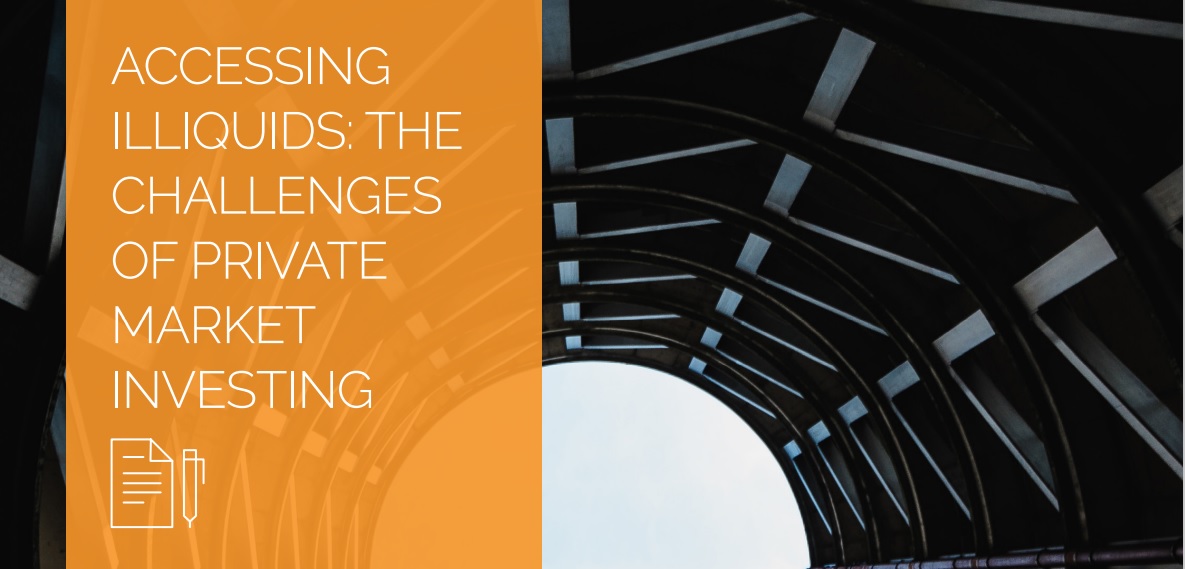
Natalia Soboleva: Illiquids play a very important role for us, and we do consider illiquids because of the high yield, as well as adding diversification to portfolios.
Of course, they do come at a price. That price is the volatility and risk, which should be considered and tackled separately.
Fuad Ahmed: Illiquid assets absolutely form a key part of our strategy within the policyholder business, including with-profits and unit-linked funds.
What we are looking for is diversification, as well as solid returns. If we consider that a lot of companies are staying private for longer and if we are investing in equities over the longer-term, we need to be tapping into these opportunities.
Also, it links to our sustainability agenda. As a UK life insurer, a key part of this is investing in smaller and less developed companies within the UK and so this forms part of our venture and growth strategies within private equity.
Natalia: If you have the asset allocation and you believe that you can invest there and want to get the benefits, you need to try to overcome the legal costs that you usually have.
In Switzerland, we have to prepare a concept for our regulator on alternative investments (private debt/ private equity) but from a broader standpoint, it is lucrative to get into this market from a return perspective.
Fuad: The key factors for us as per the SAA are related to the questions; does the risk-adjusted return stack up? Does it make sense from that point of view?
Transaction costs and ongoing charges are also important, as well as liquidity management. In with-profit funds, we are looking over a five-to-ten-year horizon to make sure that over this time, we are within the right exposure range and not over-allocating, because it is a closed book and funds are in run off.
The oversight factor is also important, as we want to make sure that we have the right resources and capabilities in house to oversee these investments.
The sustainability policy is also critical. It is a key part of this for us, within our venture and growth strategies.